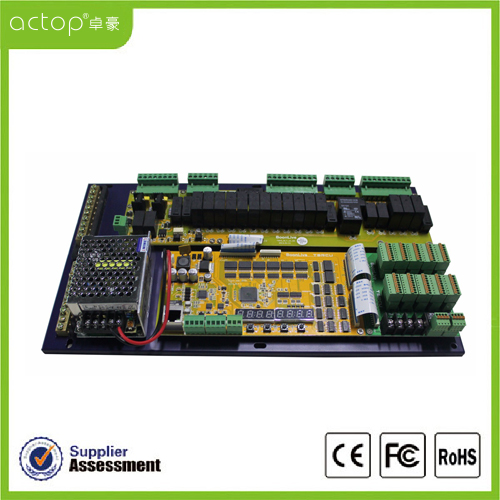Release date: 2012-11-01
According to a report by the Physicist Network on October 30 (Beijing time), Duke University School of Medicine recently used induced pluripotent stem cells (iPSCs) to successfully develop cartilage in mouse experiments, which can be used to repair tissues and study cartilage damage. And osteoarthritis disorders, etc. Researchers believe that iPSCs are expected to be a source of patient-specific artificial cartilage tissue. Related papers were published online on October 29th in the Proceedings of the National Academy of Sciences.
The author of the paper, Professor of Physical Surgery at Duke Medical School, Fahid Gallak, said that iPSCs technology can transform mature stem cells to have the properties of embryonic stem cells, can achieve unlimited supply, and can become any type of tissue. . "We have succeeded in making iPSCs develop into cartilage without regenerative capacity."
Due to the powerful function of iPSCs, it is necessary to overcome a problem in the experiment, to develop into a completely consistent chondrocyte, to produce collagen and maintain cartilage, and to eliminate other types of cells that iPSCs may form. To this end, the researchers collected iPSCs from adult mouse fibroblasts, treated them with growth material, and induced them to differentiate into chondrocytes. They also make chondrocytes special cells that express green fluorescent protein. Once iPSCs successfully become chondrocytes, they emit green fluorescence, making it easy to distinguish chondrocytes from other cells. Special cells can also produce more cartilage components such as collagen and exhibit the unique hardness of natural cartilage, which indicates that they are very effective in repairing body cartilage defects.
Articular cartilage is a shock-absorbing tissue in the joint that allows people to avoid pain while walking, climbing stairs, jumping, and daily activities. However, daily wear and trauma will reduce the protective effect and may also develop osteoarthritis. Because of the poor repair ability of articular cartilage, bone damage and osteoarthritis are also the main causes of geriatric diseases, and even need to replace joints.
The researchers said that the next step will be to use human iPSCs to grow cartilage. "There is no cure for osteoarthritis, and there is no effective treatment to curb cartilage loss," said Gallak. "In addition to cell therapy, iPSCs can provide individual cell and tissue models for patients, screening treatment. Osteoarthritis drugs, etc."
Source: China Science and Technology Network
Scene Lighting Control System
Each room based on the requirements of the composition of the lighting scene lighting control, the simple operation can be on the smart controller.Scene lighting control system is a system of intelligent control and management of lighting, compared with the traditional lighting, it can realize the lighting soft start and dimming, scene, remote management and zoning lights closed, and available remote control, timing, concentration, and other remote control, even with the computer to the light advanced intelligent control, so as to achieve the intelligent lighting energy saving, environmental protection, comfortable and convenient function.

Scene Lighting Control System,Lighting Controls Systems,Lighting Control Module
Shenzhen Zhuohao Intelligent Electronic Development Co., Ltd. , https://www.szactop-smart.com